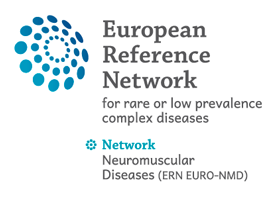27 Mar 2012
Evidence-based guideline: intravenous immunoglobulin in the treatment of neuromuscular disorders: report of the Therapeutics and Technology Assessment Subcommittee of the American Academy of Neurology
Authors:
Patwa HS, Chaudhry V, Katzberg H, Rae-Grant AD, So YT.
Objective:
To assess the evidence for the efficacy of IV immunoglobulin (IVIg) to treat neuromuscular disorders.
Methods:
The MEDLINE, Web of Science, and EMBASE databases were searched (1966–2009). Selected articles were rated according to the American Academy of Neurology’s therapeutic classification of evidence scheme; recommendations were based on the evidence level.
Results and Recommendations:
IVIg is as efficacious as plasmapheresis and should be offered for treating Guillain-Barré syndrome (GBS) in adults (Level A). IVIg is effective and should be offered in the long-term treatment of chronic inflammatory demyelinating polyneuropathy (Level A). IVIg is probably effective and should be considered for treating moderate to severe myasthenia gravis and multifocal motor neuropathy (Level B). IVIg is possibly effective and may be considered for treating nonresponsive dermatomyositis in adults and Lambert-Eaton myasthenic syndrome (Level C). Evidence is insufficient to support or refute use of IVIg in the treatment of immunoglobulin M paraprotein–associated neuropathy, inclusion body myositis, polymyositis, diabetic radiculoplexoneuropathy, or Miller Fisher syndrome, or in the routine treatment of postpolio syndrome or in children with GBS (Level U). IVIg combined with plasmapheresis should not be considered for treating GBS (Level B). More data are needed regarding IVIg efficacy as compared with other treatments/treatment combinations. Most studies concluded IVIg-related serious adverse effects were rare. Given the variable nature of these diseases, individualized treatments depending on patient need and physician judgment are important.

